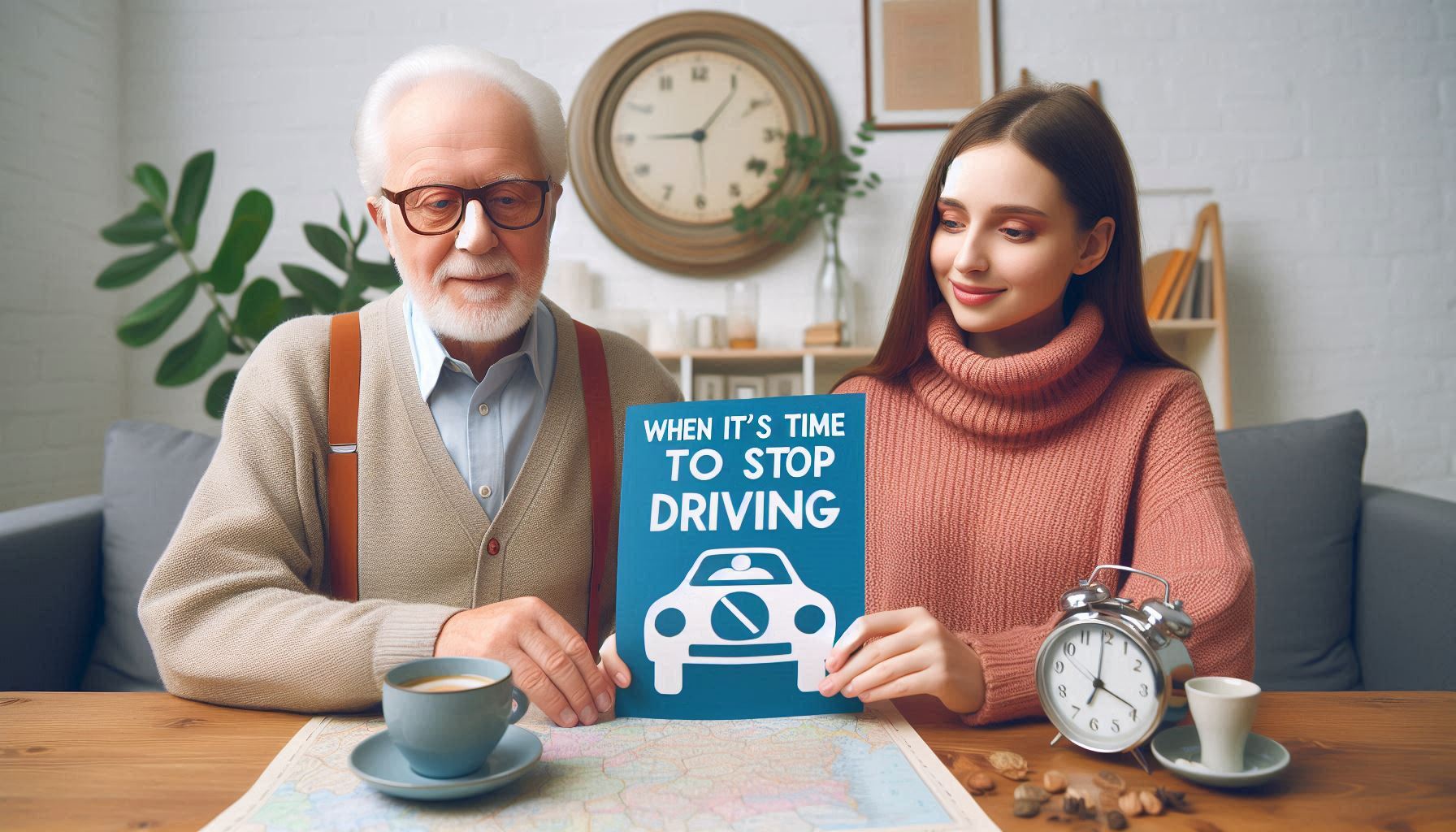As our loved ones age, ensuring their safety becomes a top priority. Among the many challenges faced by elderly caregivers is determining when it’s time for an elderly family member to stop driving. This decision can be emotionally charged and difficult but is crucial for the safety of your loved one and others on the road. This guide will help caregivers identify the signs that it may be time to have this important discussion, manage those conversations effectively, and explore mobility solutions to maintain their independence.
Identifying the Right Time to Stop Driving
Recognising Warning Signs
Several indicators can signal it’s time to evaluate an elderly loved one’s driving capabilities. Here are some key signs to watch for:
- Frequent close calls or accidents: Even minor bumps or near-misses can indicate declining driving abilities.
- Difficulty with traffic signals and signs: Confusion or hesitation at intersections may signify that a driver is struggling with cognitive processing.
- Slow reaction times: A delay in responding to emergencies or changes in traffic conditions can pose significant risks.
- Health-related concerns: Conditions such as poor vision, hearing loss, or cognitive decline can impair driving skills.
- Medications: Some prescriptions may cause drowsiness or slower reaction times, affecting driving safety.
Conducting a Driving Evaluation
One way to make an informed decision is through a professional driving evaluation. Occupational therapy driving assessments offer valuable insights into your loved one’s driving skills, identifying strengths and areas needing improvement.
Managing the Conversation About Stopping Driving
Approach with Empathy and Understanding
Discussing the topic of driving cessation can be sensitive. It’s essential to approach it with empathy:
- Choose the right time and setting: Initiate conversations in a comfortable and private space, free from distractions.
- Use “I” statements: Focus on your observations and feelings to prevent your loved one from feeling defensive (e.g., “I’ve noticed you’ve had a few close calls lately, and I’m concerned about your safety”).
- Listen actively: Allow your loved one to express their thoughts and feelings about giving up driving.
Involve Professionals
Involving a healthcare professional or occupational therapist in the conversation can provide your loved one with expert insights and reinforce the importance of the decision.
Exploring Alternative Mobility Solutions
Maintaining a sense of independence and mobility is crucial for seniors, even if they are no longer driving. Here are some alternative solutions:
Public Transportation and Taxi Services
Many communities offer senior-specific transportation services, and platforms like Uber offer user-friendly, app-based options for getting around.
Mobility Aids
- A rollator walker is excellent for seniors who need additional support when walking. They often come equipped with a seat for resting and storage for personal items.
- Mobility scooters provide increased independence for those who can’t walk long distances, offering freedom to run errands or visit friends.
Community Resources
Local senior centres may offer transportation services or organise group outings to help seniors stay engaged and active.
Summary
Helping an elderly loved one transition away from driving can be challenging, but it’s a vital step in ensuring their safety and well-being. For more insights on elderly safety tips, seniors’ health, and caregiver guidance, be sure to explore additional resources online or contact local agencies for help. Your efforts are invaluable in keeping your loved ones safe.
Sign up for our Daily newsletter
We'll be in your inbox every morning Monday-Saturday with all the day’s top business news, inspiring stories, best advice and reporting from Entrepreneur,


